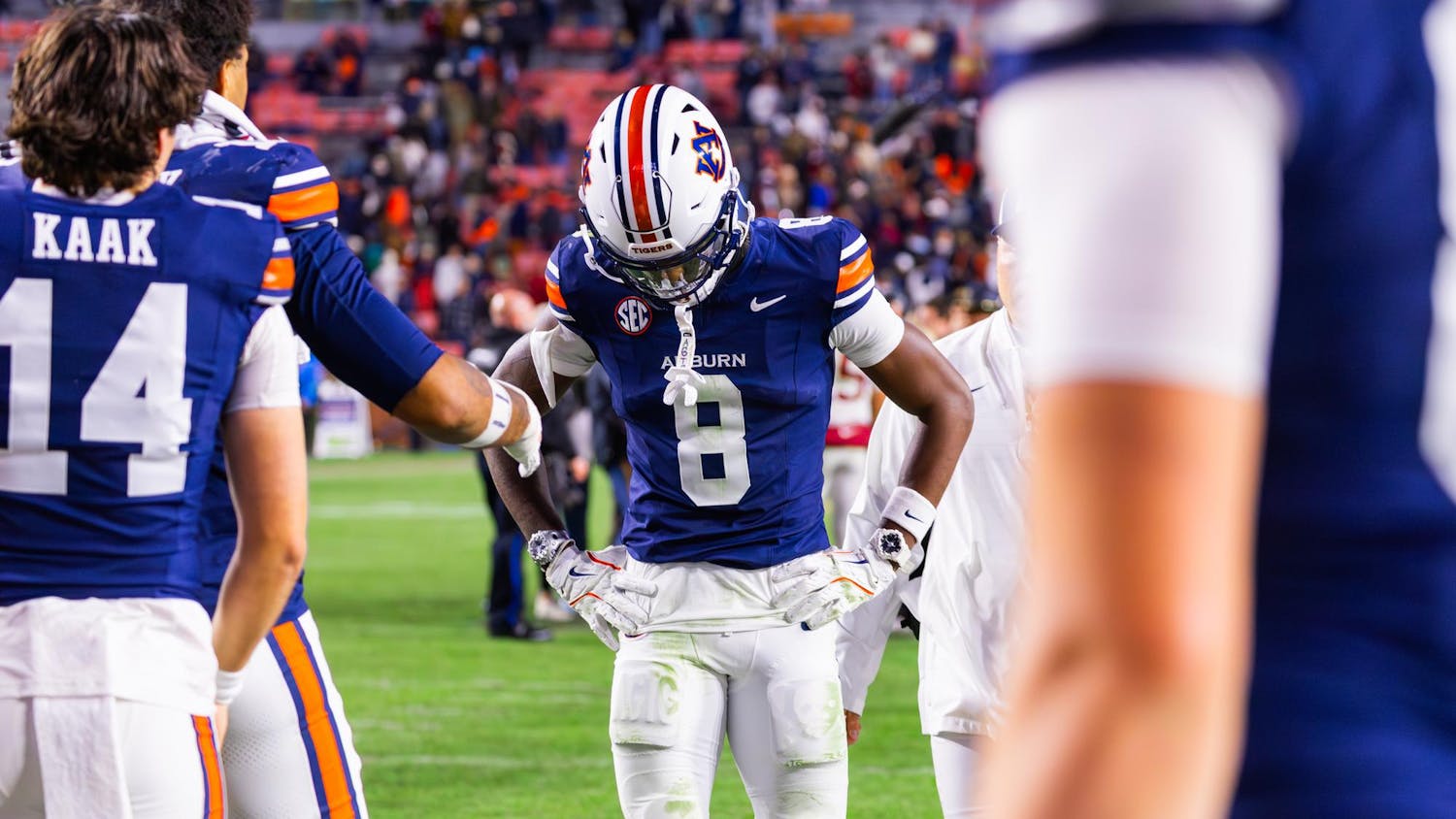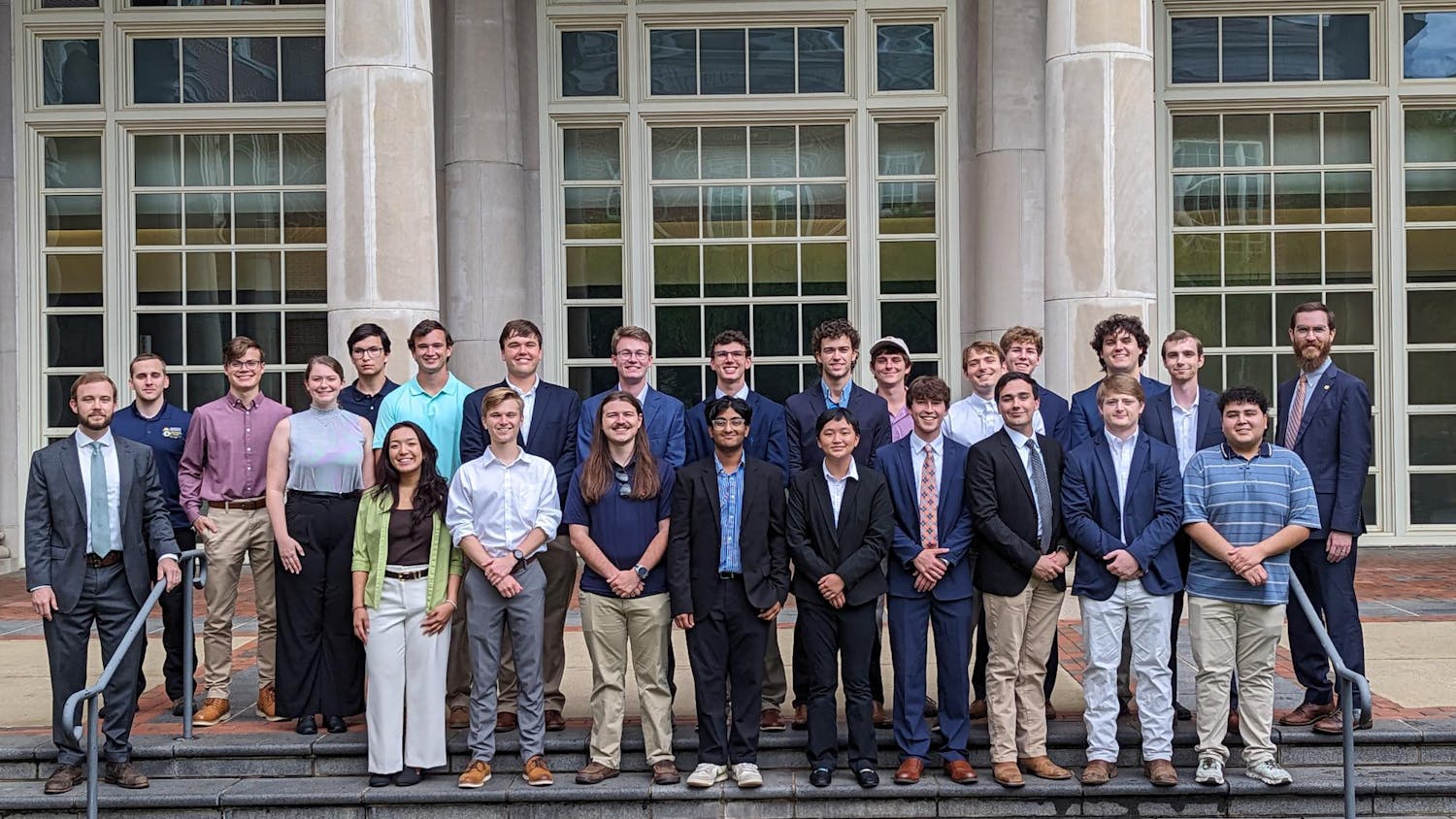When thinking of classic horror, iconic images of vampires and monsters come to mind. What’s often forgotten is that many of these memorable characters began as complex figures in novels, not just on film.
Numerous Gothic and horror literature classics have been adapted for the screen, often simplifying or changing the original stories in ways that affect how audiences see them. This raises some important questions. Why is there a loss of content? Are modern audiences too focused on the gore and monsters found in horror films to pay attention to the deeper meaning in the media they are watching? How does turning literature into film change a story's meaning?
Literature is a slow, introspective medium where authors explore deep themes over hundreds of pages. In contrast, films are time-constrained and rely heavily on visual storytelling. As a result, a novel's themes and depth often get lost or simplified in translation.
Classic horror novels of the 19th century tackle significant ideas about human nature, fear and society.
In Mary Shelley’s Frankenstein, Shelley examines the ethics of science, personal responsibility and the consequences of creation. The book explores the complicated relationship between creator and creation, posing profound questions about what it means to be human. However, in many film adaptations, the focus shifts to horror and visual elements — emphasizing the creature’s terrifying appearance and the excitement of mad science — while much of the novel's thoughtful themes get overlooked.
In the book, Frankenstein’s creature is portrayed as a tragic figure; he becomes a monster not because of his nature but due to society's treatment of him. In many films, the emphasis is instead on his grotesque appearance and erratic behavior. He makes himself a monster.
This change transforms the story from one that delves into philosophical questions about loneliness and identity into a more straightforward horror tale.
Dracula reveals a similar trend. In Bram Stoker’s novel, suspense builds gradually through letters and diaries, revealing the vampire's mystery piece by piece.
“A part of Dracula that I have not seen preserved in many film adaptations is the fact that it is epistolary, so it's written in the form of letters, diaries and even audio recordings from different people. I don’t know of a film adaptation that’s done that, but I’d love to see one that tried,” said Sunny Stalter-Pace, professor of literature.
The novel touches on themes of power, fear of the unknown and the constraints of Victorian society. Many adaptations, however, focus on Dracula’s dark, seductive persona and the thrill of his supernatural powers. While the films may create an eerie mood with terrifying visuals, they often fail to capture the slow-building tension and complex ideas that make the novel memorable.
This trend is not unique to Dracula or Frankenstein. Other classic novels, like The Strange Case of Dr. Jekyll and Mr. Hyde and The Picture of Dorian Gray, undergo similar changes in adaptation. Movies excel at building suspense through visuals, sound and special effects but often sacrifice deep character development and inner struggles that make novels engaging.
This does not mean film adaptations lack value. They can introduce classic stories to new audiences and visually portray settings like haunted castles or unnerving science labs in ways books cannot.
One of the most interesting aspects of these adaptations is how each version reflects its era.
“I think every film adaptation of a piece of classic literature with a horror theme is influenced by present-day concerns,” said Stalter-Pace.
For example, earlier versions of Dracula depict the vampire as a simple villain out for blood, while recent ones present him as a tragic and complex character, reflecting modern audiences’ preference for emotionally layered figures. Similarly, Frankenstein’s creature has evolved over time, sometimes seen as a symbol of society’s fear of science or as a victim of circumstance.
However, these shifts in tone often stray from the original works. Audiences might come away with a different understanding of the story and its characters than intended by the authors. This raises a broader question about adaptations: Should filmmakers adhere closely to a book’s themes, or is it acceptable to use the novel as a springboard for something new?
“Key themes present in older scary stories are difficult to present in modern horror films because literary horror often deals with repressed societal issues,” said Stalter-Pace.
In the end, books and films are unique storytelling mediums, each with strengths and weaknesses. Novels can explore characters' thoughts and moral dilemmas in detail, while films rely on visuals and action to engage audiences. Although films might lose some depth found in novels, they gain immediate emotional impact through visuals, sound and performances.
Despite the changes made in adaptations, the lasting popularity of horror classics shows their universal appeal. Each generation discovers something new in these stories, whether through reading or watching. These tales remain significant in both literary and cinematic history, continuing to terrify audiences for many Halloweens to come.
Do you like this story? The Plainsman doesn't accept money from tuition or student fees, and we don't charge a subscription fee. But you can donate to support The Plainsman.





